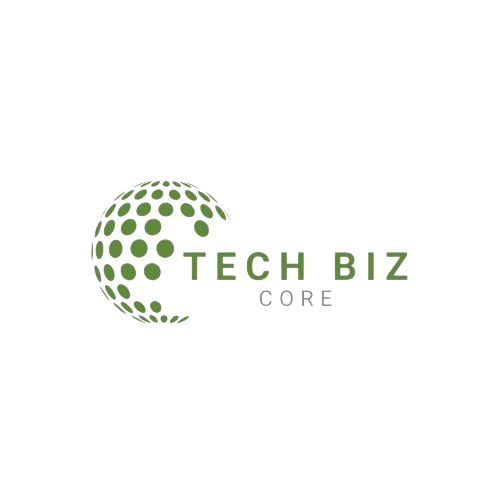Introduction
Within the rapidly changing field of technology, the idea of “Ausschütter” has become a potent idea that cuts over conventional lines. This paper explores the nuances of this novel methodology, illuminating its influence on dispersed systems and the revolutionary possibilities it possesses for many sectors.
Fundamentals of “Ausschütter”
“Ausschütter” basically means dividing up information, resources, or calculations among several networked systems or nodes. The goal of this decentralized strategy is to maximize the potential of each individual component so that they can work together effectively and fluidly. “Ausschütter” systems can attain previously unheard-of levels of scalability, durability, and performance by utilizing the strengths of each node.
Unlocking Distributed Computing’s Potential
The field of distributed computing, in which computational tasks are split up and dispersed among several processors or machines, is where the term “Ausschütter” first appeared. That being said, its uses are not limited to conventional computing settings. Blockchain technology, content delivery networks, cloud computing, and data storage are just a few examples of how the “Ausschütter” concepts are transforming sectors and changing how we solve difficult problems.
Accepting Redundancy and Resilience
The inherent redundancy and resilience of “Ausschütter” systems constitute one of their main advantages.These systems distribute data across multiple nodes to mitigate the risk of single point failures. The ability of the other components to easily take over in the event of a problem or outage on one of them ensures data integrity and continuous operations. Organizations are increasingly adopting “Ausschütter” systems for mission-critical applications where uptime and reliability are crucial.
FAQs
What are the main advantages of systems with “Ausschütter”?
Increased scalability, high availability, fault tolerance, load balancing. And enhanced performance through parallel processing are the main advantages of “Ausschütter” systems.
In which industries are “Ausschütter” systems being implemented?
Cloud computing, content delivery networks, blockchain technology, big data analytics, scientific computing, and other industries are using this systems.
How are synchronization and consistency of data handled by “Ausschütter” systems?
One of the biggest challenges is ensuring data synchronization and consistency across dispersed nodes. In order to preserve data integrity and coherence. This systems use a variety of strategies, including consensus algorithms, replication protocols, and conflict resolution mechanisms.
What possible security risks do “Ausschütter” systems present?
Distributed systems provide redundancy and robustness, but they also present new security risks. To defend against unauthorized access, data breaches, and cyber threats.
What effect does “Ausschütter” have on monitoring and system management?
In comparison to conventional centralized architectures, distributed system management and monitoring can be more difficult. We need specialized tools and tactics to successfully monitor and manage the different nodes, their interactions, and the overall health of the system.
Conclusion
With the globe embracing distributed systems more and more, the idea of this serves as a lighthouse of advancement. This method opens up new possibilities for scalability, robustness, and performance by utilizing the combined strength of interconnected nodes. Opening the door for game-changing solutions in a variety of industries. Adopting the “Ausschütter” tenets redefines the limits of what we can achieve in our increasingly interconnected society and represents more than just a technological change.


